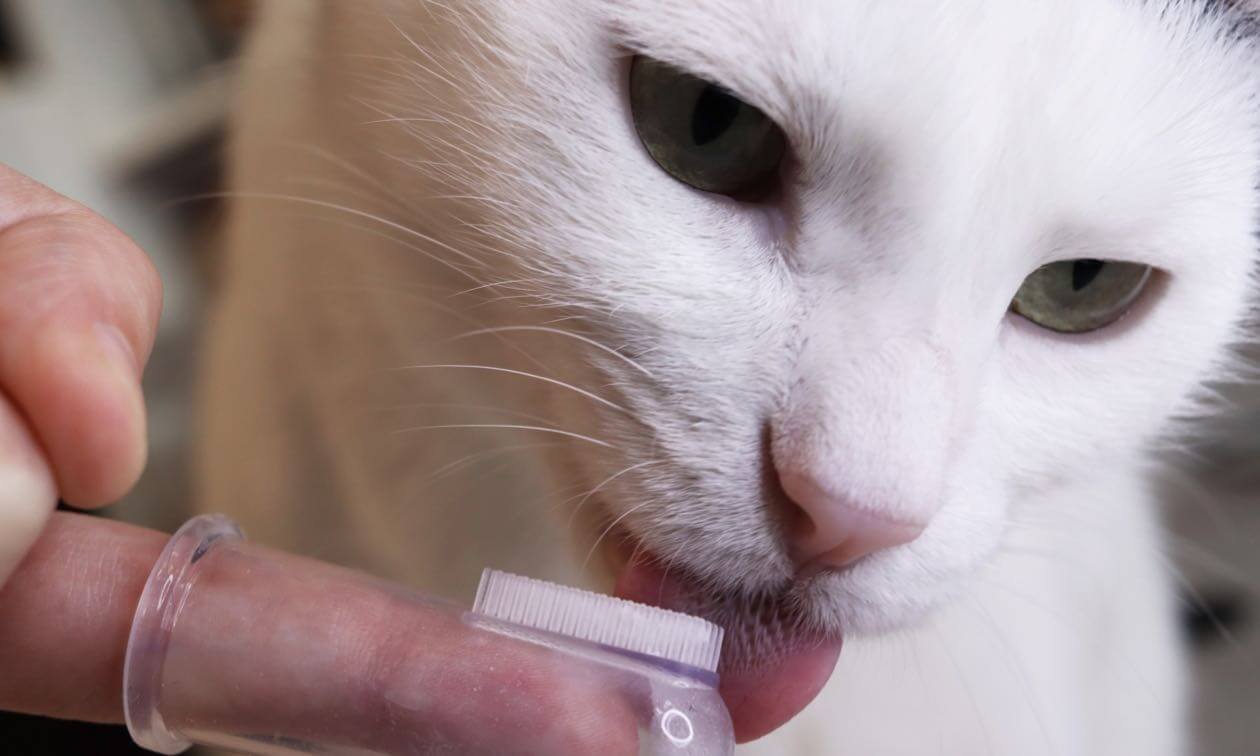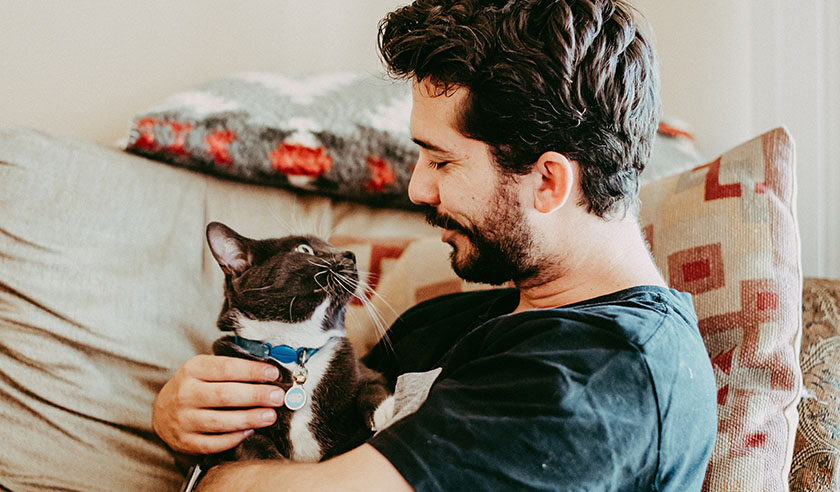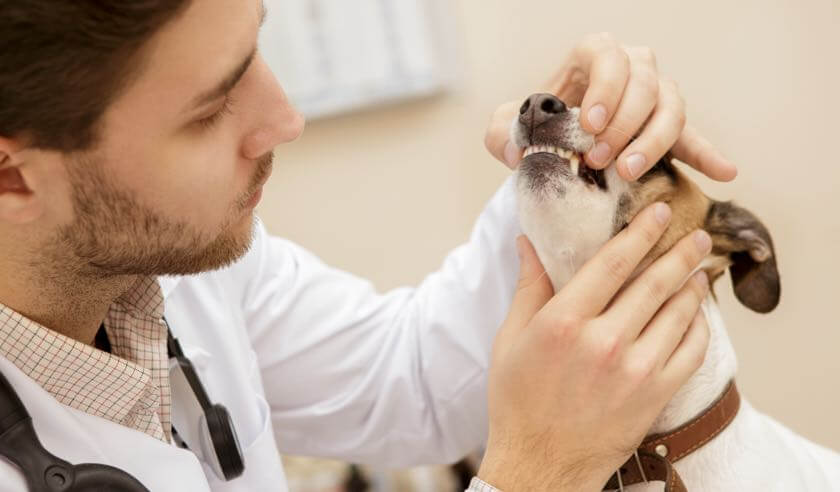Did you know that gingivitis can affect your cat? That's right — the same gum issue humans deal with can also impact our furry friends. Gingivitis is one of the top three most common dental diseases in cats[1], and it can lead to more serious issues if left untreated. Let's talk about preventing and treating gingivitis for your cat.
What is Gingivitis in Cats?
The simplest definition of gingivitis is swelling of the gums. The swelling occurs when the gum around the base of the teeth becomes inflamed due to a bacterial infection.
What Causes Gingivitis in Cats?
Plaque, a filmy material which harbors bacteria, builds up on the teeth. If it's not removed routinely, the plaque moves deeper toward the base of the tooth, where it meets the gum. Over time, the plaque will migrate down into the subgingival area (below where the tooth and gum meet). At this point, the bacteria cause the cat's immune systems to mount a response, and inflammation (redness, swelling, and pain) occurs. This is referred to as gingivitis.
The degree to which each cat's gums are affected by the plaque varies significantly. Some cats can have minimal response to large amounts of accumulated plaque, while others suffer a severe reaction to even mild buildup. This variation is mostly due to genetics but can also be influenced by other conditions, such as:
- Fractured/broken teeth
- Tooth resorption (a condition where the structure of the tooth is broken down and absorbed, resulting in cavity-like lesions)
- Malocclusion (misaligned teeth)
- Infectious diseases like feline leukemia virus (FeLV) and feline immunodeficiency virus (FIV)
- Eosinophilic granuloma complex (an inflammatory disease that affects the cat's skin, lips, and mouth)
- Juvenile-onset gingivitis
- Gingivostomatitis (an extreme and chronic form of gingivitis resulting from overreaction of the gums and other oral tissue to plaque and other dental issues)
- Gingival hyperplasia (a condition, though not common in cats, where there is an abnormal growth of excessive gum tissue)
What Are the Symptoms of Gingivitis in Cats?
The severity of your cat's gingivitis influences the symptoms they will have. In milder cases, there is swelling and redness of the gums and mild to moderate discomfort. As the condition worsens, the gums may bleed. Some additional indicators your cat is suffering from a more advanced case of gingivitis include:
- Hesitancy to eat, especially dry food
- Difficulty chewing, messy eating, or chewing on one side of their mouth
- Turning their head in unusual ways when eating
- Crying or yowling when eating
- Unwillingness to eat at all
- Weight loss
Cats are masters at hiding pain, and these subtle signs can be easily missed. That's why it's important to routinely monitor your cat's oral health status at home and with your veterinarian.
Treating Gingivitis in Cats
The good news is that most gingivitis can be reversed with proper treatment and preventive care. The main goal of treating gingivitis is addressing the plaque. Plaque buildup can only be properly removed by routine dental cleanings under anesthesia. For some cats, routine cleanings can be done yearly, whereas other cats may require more frequent cleanings (every 4 to 6 months).
For severe cases of gingivitis, cleaning alone may not be sufficient. In these circumstances, one or more of the following treatments may be necessary:
- Antibiotics
- Anti-inflammatory medications
- Immune-modulating medications (used to help adjust your cat's immune system response)
- Pain medications
- Dental extractions
- Gingivectomy (removing part of the gum)
- Stem cell therapy
How Do You Prevent Gingivitis in Cats?
To prevent gingivitis and protect your cat, you must avoid the buildup of plaque on their teeth by routinely removing it. This can be accomplished by regular dental cleanings performed under anesthesia by your veterinarian, and brushing their teeth daily with pet-safe toothpaste. (Never use human toothpaste since it can be toxic to cats.)
Other ways to help prevent plaque buildup include:
- Water and food additives specifically for dental care
- Oral rinses
- Cat chews/treats with the Veterinary Oral Health Council (VOHC) seal of approval
- Prescription dental diet
- Probiotics
ZPC-02410
- Feline Dental Disease. Cornell Feline Health Center. https://www.vet.cornell.edu/departments-centers-and-institutes/cornell-feline-health-center/health-information/feline-health-topics/feline-dental-disease. Accessed October 18, 2022.





